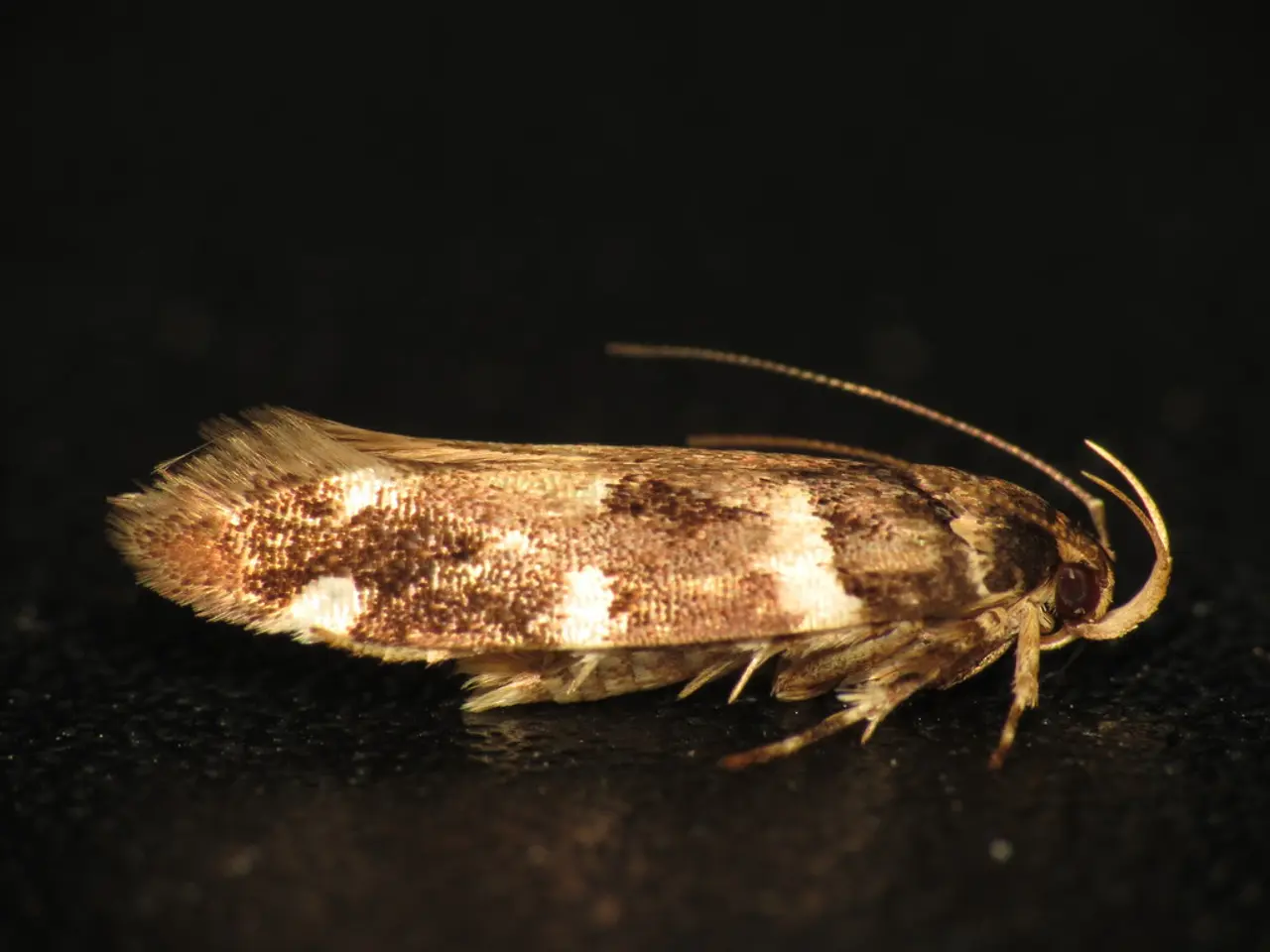Animal vision is significantly influenced by light pollution, showcasing a variety of intricate impacts.
The University of Exeter has conducted a comprehensive study examining the impact of over 20 types of lighting on the vision of moths and birds that eat them. The research, titled "Artificial nighttime lighting impacts visual ecology links between flowers, pollinators, and predators," was published in the journal Nature Communications and can be accessed with the DOI 10.1038/s41467-021-24394-0.
Moths, it turns out, are more than just nocturnal insects fluttering around lights. They play a crucial role in pollination, accounting for a similar proportion as bees. However, the study found that artificial lights designed for human vision lack the blue and ultraviolet ranges that are key to moth color vision. Under many conditions, these lights can block the moth's ability to see any colors at all.
Hawkmoths, for instance, are sensitive to blue, green, and ultraviolet light. They use this color vision to help find flowers, even under starlight. Artificial lighting, particularly modern broad-spectrum lighting, can have complex and unpredictable effects on animal vision, especially for species that rely on night-time vision for their behavior.
The study used animal vision modeling to calculate the ability of moths to see flower colors and of birds to see camouflaged moths under a wide range of natural and artificial lighting. The findings reveal that phosphor converted amber LED lighting has unpredictable consequences for insect vision depending on distance from the light source and the color of objects viewed. This could make it more difficult for moths to find and pollinate wildflowers, and for them to find suitable spots to camouflage themselves from predators.
Interestingly, the vision of elephant hawkmoths is enhanced by some types of lighting and disrupted by others, while the vision of birds that hunt moths is improved by almost any lighting. White lights, with a greater blue component, allow for more natural color vision in moths, but these light sources are known to be harmful for other species.
The researchers call for a "nuanced approach" to lighting, beyond general efforts to limit the amount and intensity of light where possible. They point out that the globally significant increase in artificial lighting over the past 20 years negatively affects the vision of bats and birds, impairing their ability to see and navigate effectively.
The study was funded by the Natural Environment Research Council. As night-time lighting continues to increase rapidly worldwide, understanding its impact on our environment, particularly on vital species like moths, becomes increasingly important.
Read also:
- Understanding Hemorrhagic Gastroenteritis: Key Facts
- Stopping Osteoporosis Treatment: Timeline Considerations
- Tobacco industry's suggested changes on a legislative modification are disregarded by health journalists
- Expanded Community Health Involvement by CK Birla Hospitals, Jaipur, Maintained Through Consistent Outreach Programs Across Rajasthan








